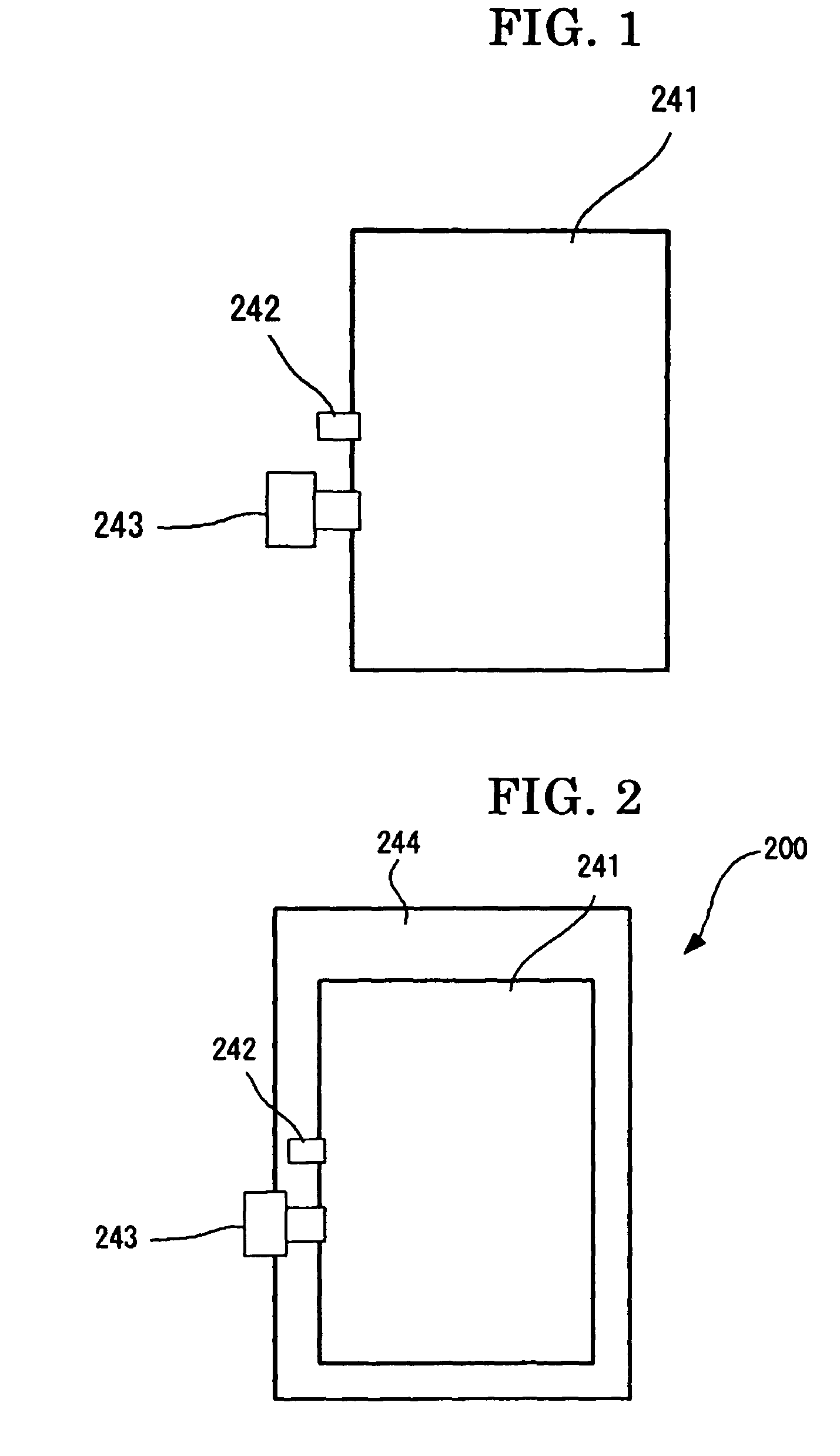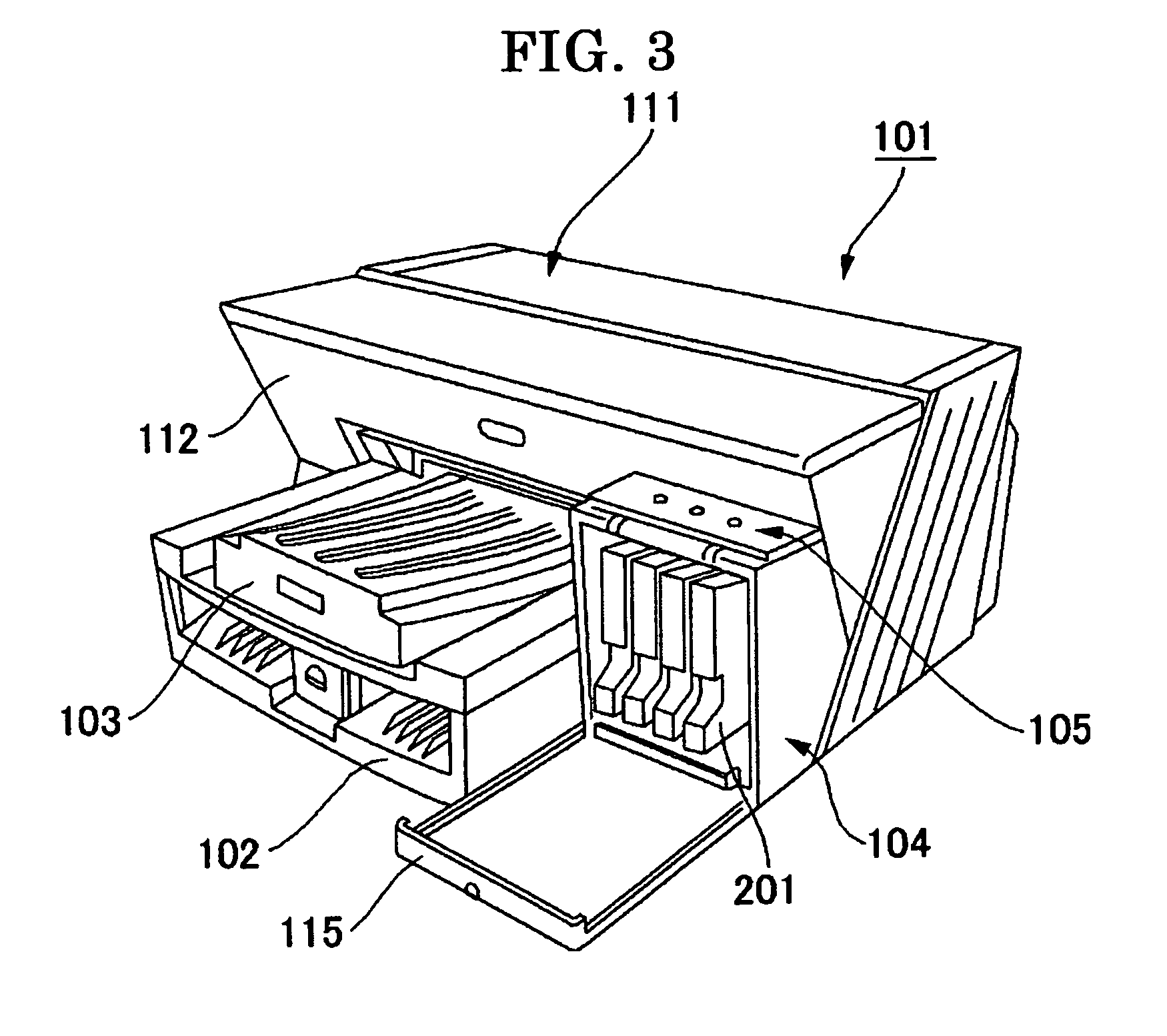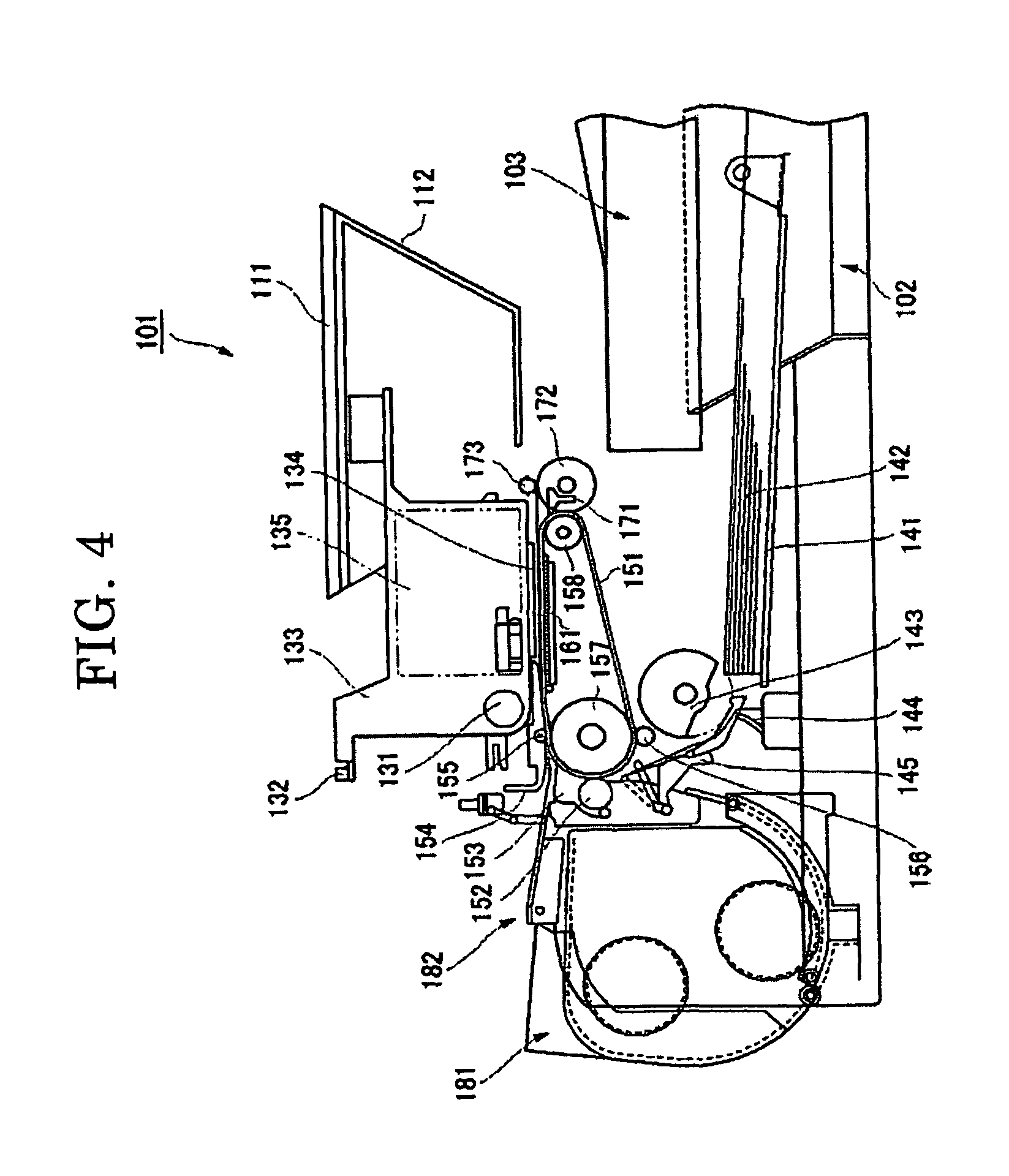Ink-jet recording method, ink-jet recording apparatus and recorded matter
a recording method and inkjet technology, applied in the field of inkjet recording method and inkjet recording apparatus, can solve the problems of high production cost of gloss coated paper used in commercial printing applications, limited application of such paper, and difficult to use such paper in the field of commercial printing, and achieve excellent image density, image quality and reliability, and high image quality. the effect of recording matter
- Summary
- Abstract
- Description
- Claims
- Application Information
AI Technical Summary
Benefits of technology
Problems solved by technology
Method used
Image
Examples
synthesis example 1
[0204]The atmosphere inside a 1 L flask equipped with a mechanical stirrer, a thermometer, a nitrogen gas introducing pipe, a reflux condenser and a dripping funnel was adequately replaced by nitrogen gas, then 11.2 g of styrene, 2.8 g of acrylic acid, 12.0 g of lauryl methacrylate, 4.0 g of polyethylene glycol methacrylate, 4.0 g of a styrene macromer (product name: AS-6 produced by Toagosei Co., Ltd.) and 0.4 g of mercaptoethanol were placed, and the temperature was raised to 65° C. Next, a mixed solution of 100.8 g of styrene, 25.2 g of acrylic acid, 108.0 g of lauryl methacrylate, 36.0 g of polyethylene glycol methacrylate, 60.0 g of hydroxyethyl methacrylate, 36.0 g of a styrene macromer (product name: AS-6 produced by Toagosei Co., Ltd.), 3.6 g of mercaptoethanol, 2.4 g of azobisdimethylvaleronitrile and 18 g of methyl ethyl ketone was poured dropwise into the flask in 2.5 hr. After the dropping of the mixed solution had finished, a mixed solution of 0.8 g of azobisdimethylval...
synthesis example 2
[0205]In a reaction container of an automated polymerization reaction apparatus (Polymerization Tester Model DSL-2AS, manufactured by Todoroki Sangyo Co., Ltd.) including the reaction container equipped with a stirrer, a dripping device, a temperature sensor and a reflux device having a nitrogen introducing device at an upper part thereof, 550 parts by mass of methyl ethyl ketone (MEK) was placed, and the atmosphere inside the reaction container was replaced by nitrogen gas while the ingredients were being stirred. With the nitrogen atmosphere inside the reaction container kept, the temperature was raised to 80° C., then a mixed solution of 75.0 parts by mass of 2-hydroxyethyl methacrylate, 77.0 parts by mass of methacrylic acid, 80.0 parts by mass of styrene, 150.0 parts by mass of butyl methacrylate, 98.0 parts by mass of butyl acrylate, 20.0 parts by mass of methyl methacrylate and 40.0 parts by mass of “Perbutyl (registered trademark) O” (active ingredient: t-butyl peroxy-2-ethy...
preparation example 1
[0206]After sufficiently stirring 28g of the polymer solution synthesized in Synthesis Example 1, 26 g of carbon black (MONARCH 880, produced by Cabot Corporation), 13.6 g of 1 mol / L potassium hydroxide solution, 20 g of methyl ethyl ketone and 30 g of ion-exchange water, the ingredients were kneaded using a three-roll mill. The paste obtained was put into 200 g of ion-exchange water and sufficiently stirred, then the methyl ethyl ketone and the water were removed by distillation using an evaporator, and a water dispersion of water-insoluble vinyl polymer particles having a solid content of 20% by mass was thus obtained.
PUM
| Property | Measurement | Unit |
|---|---|---|
| volume average particle diameter | aaaaa | aaaaa |
| temperature | aaaaa | aaaaa |
| volume average particle diameter | aaaaa | aaaaa |
Abstract
Description
Claims
Application Information
 Login to View More
Login to View More - R&D
- Intellectual Property
- Life Sciences
- Materials
- Tech Scout
- Unparalleled Data Quality
- Higher Quality Content
- 60% Fewer Hallucinations
Browse by: Latest US Patents, China's latest patents, Technical Efficacy Thesaurus, Application Domain, Technology Topic, Popular Technical Reports.
© 2025 PatSnap. All rights reserved.Legal|Privacy policy|Modern Slavery Act Transparency Statement|Sitemap|About US| Contact US: help@patsnap.com



